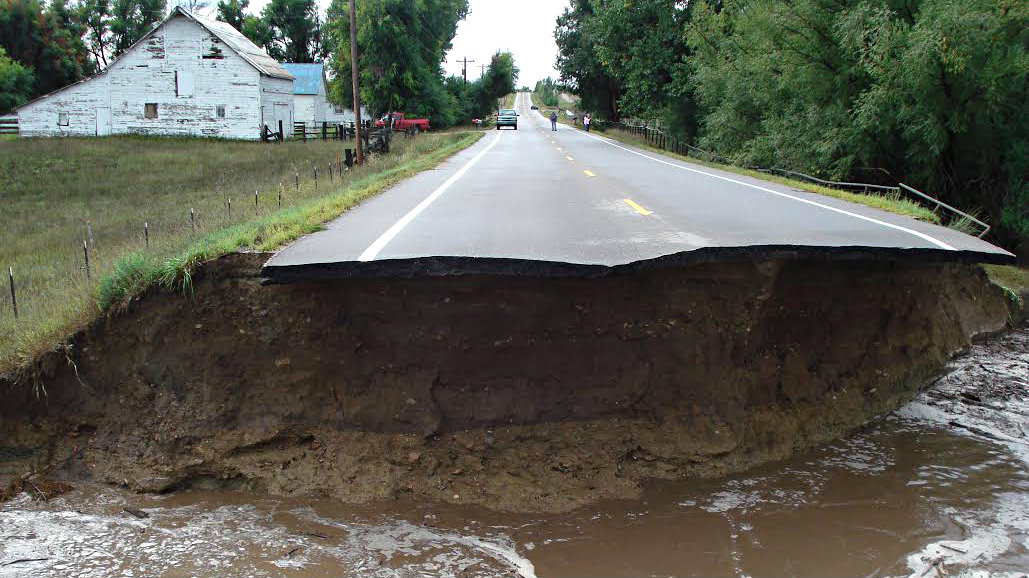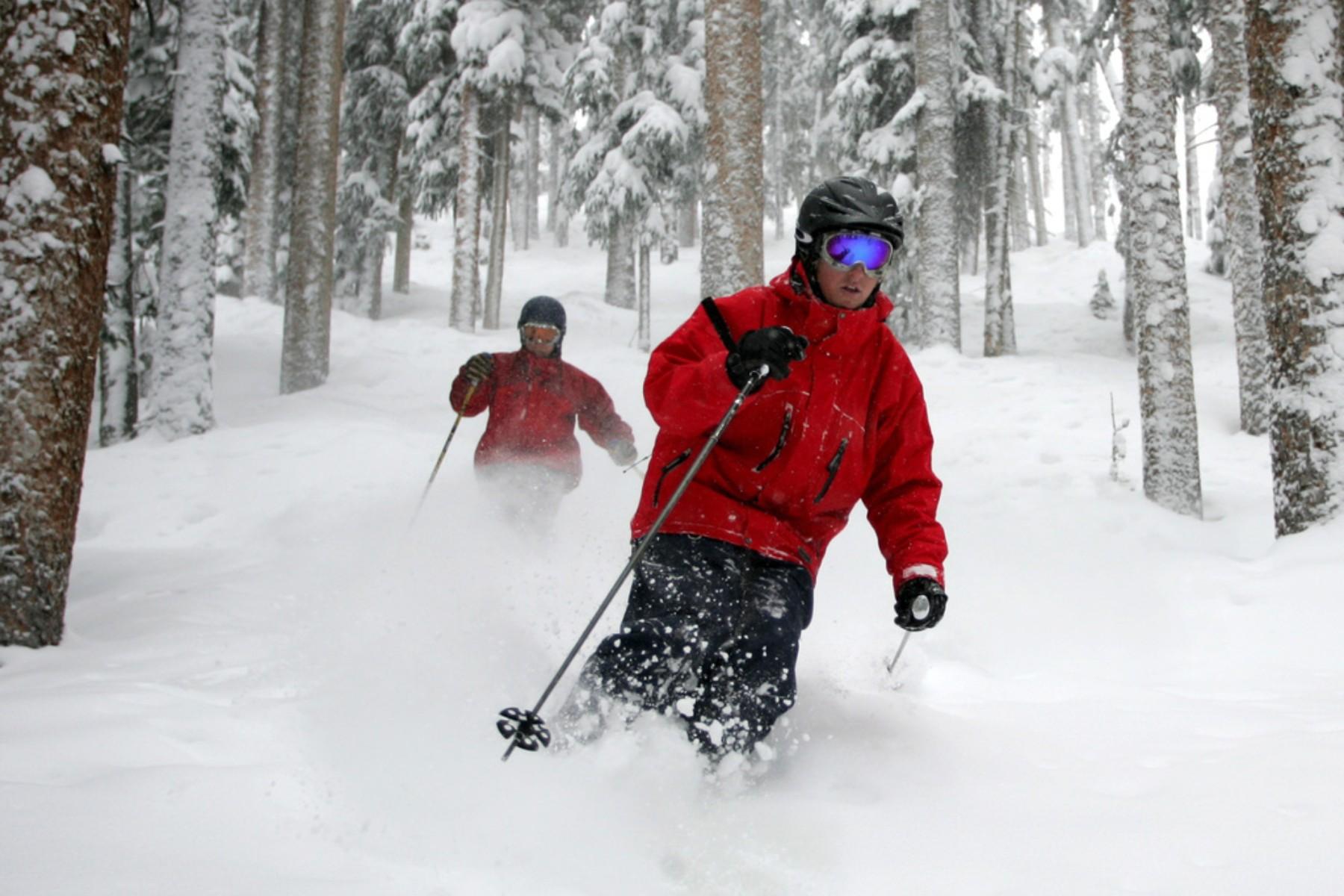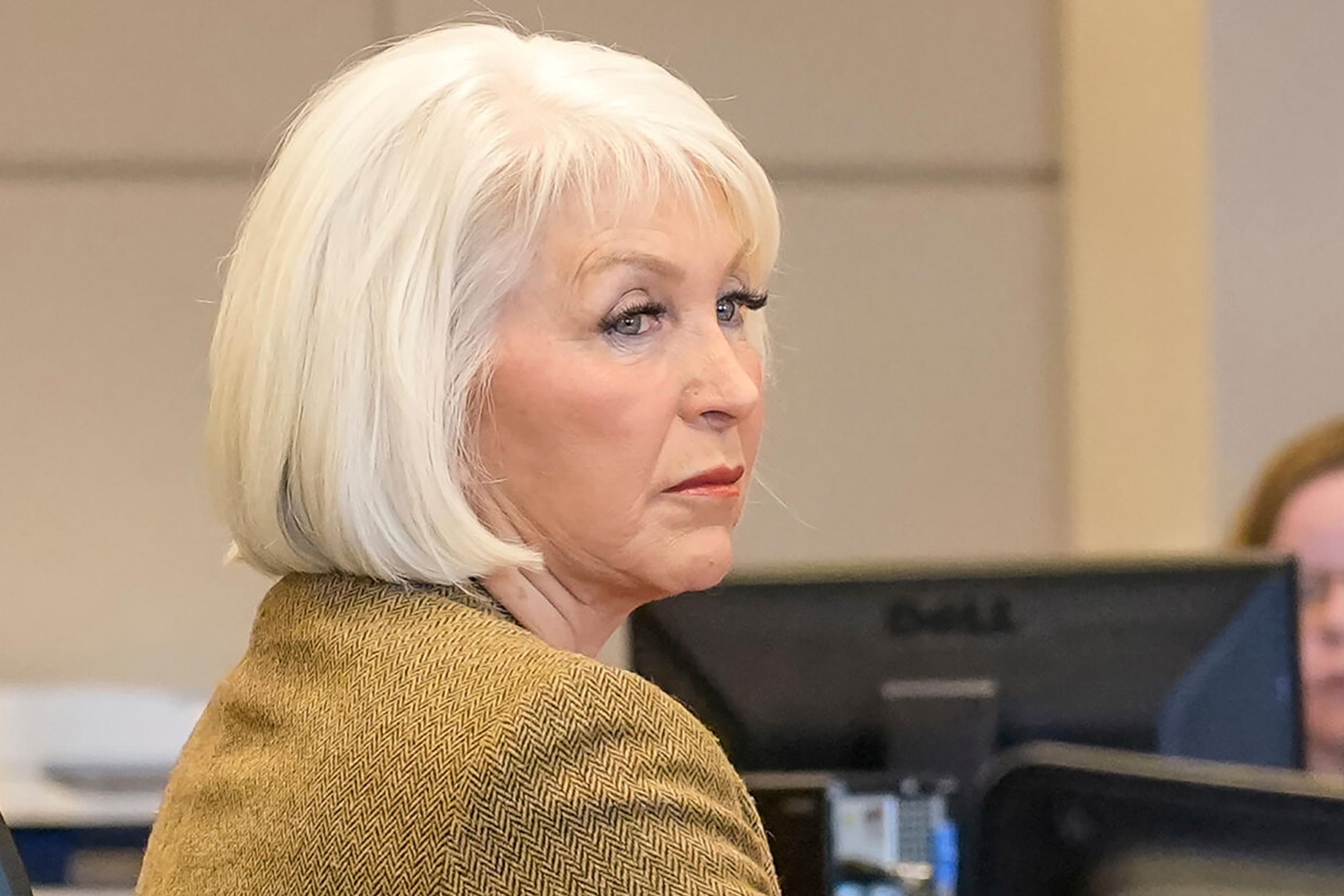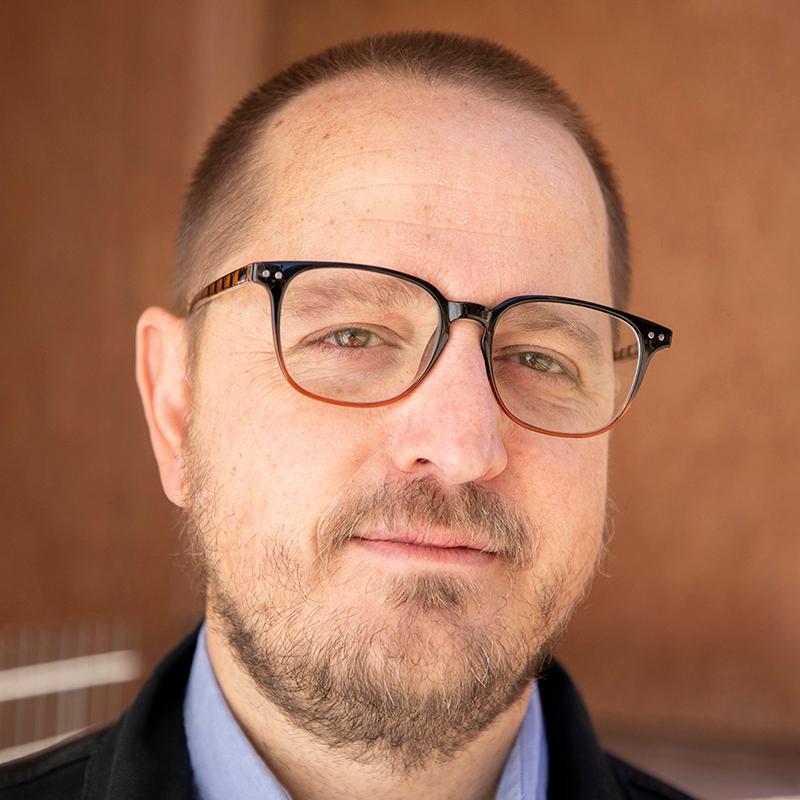
In September 2013, devastating floods hit the Front Range and, less than a year ago, the Black Forest wildfire wiped out more than 500 homes near Colorado Springs.
Colorado has hardly been alone in its extreme weather misery: Hurricane Sandy ravaged the East Coast in 2012, blizzards and snowstorms tortured the Northeast in 2013 and the current severe drought in California means ski resorts haven’t opened and ranchers are selling off their herds.
Are all these events just Mother Nature cycling through her natural mood swings? Or is it, as some scientists suggest, that the human influence on our climate is causing these weather catastrophes?
Kevin Trenberth, a distinguished senior scientist at the National Center for Atmospheric Research, and environmental scientist Roger Pielke Jr., director of the Center for Science and Technology in Boulder, disagree on the answer.
Trenberth was one of the many scientists that shared the 2007 Nobel Peace Prize, which was awarded to Al Gore and scientists on the Intergovernmental Panel on Climate Change (IPCC)—the report that provides an internationally accepted authority on climate change and its impacts. He also co-authored an opinion piece proposing that climate change caused Hurricane Sandy.
Pielke recently testified to the U.S. House Science Committee on Environment and argued that little evidence exists in the most recent IPCC report linking climate change to extreme weather events.
In starting the debate, the two scientists did agree on one fact: Climate change did not drive the Boulder flooding.
"It is difficult, if not impossible, to attribute a single event that occurs over a period of days to a phenomenon that manifests itself over the better part of a century," Pielke said.
Trenberth concurred but said that climate change may have played a small but not insignificant part--maybe 10 percent.
“It was a pretty minor factor but when you are talking about the straw that breaks the Camel's back, maybe this was the straw,” Trenberth said.
Climate change also leads to higher temperatures. So that means more droughts, doesn’t it?
“That is where intuition leads us astray because the relationship between temperature and drought is complicated,” Pielke said. He argues that thanks to the complexities of the hydrological cycle, Earth has seen more rainfall, becoming warmer and wetter.
Trenberth does argue for more droughts: “The droughts set in a little quicker, they can be more intense, they can become more widespread.”
“We saw this in spades in 2012,” Trenberth said.
And, ironically, also more rain: According to Trenberth, warmer temperatures evaporate water and what goes up will eventually come down.
“Where it is raining, it rains harder,” Trenberth said. “So at both ends of the water cycle we have an increased risk of drought and an increased risk of flooding in association with climate change.”
Pielke disagreed, arguing current data from the IPCC shows no increase in flooding and there is also no certainty that flooding will increase in the future.
“If you look at the timescale on which the increase in flooding is supposed to occur,” Pielke said. “Everyone that is in this discussion, either talking or listening, is going to be long gone before scientists have a clear answer to that question.”
The evidence for more rainfall, and more intense rainfall, is strong, according to Trenberth, while the records for hurricanes and tornados less strong.
The data doesn’t support that argument, Pielke said. The 1930s and 1950s saw worse floods, droughts and hurricanes than we see now.
“People, such as city planners, develop policies on what climate scientists are saying,” Pielke said. “So extreme events are too important to be made a symbol or poster child in the broader climate debate.”
Evidence does support that higher temperatures in the Atlantic led to tropical storm Sandy being as strong as it was, causing increased flooding in the subways.
“So you are immediately talking about tens of millions of dollars at the foot of the door of climate change,” Trenberth said.
According to Pielke, scientists ought to rely on the datasets that they currently have.
“One the jobs of the scientific community is not to come up with arguments to make people think a certain way, or act a certain way, but just to say what the data shows,” Pielke said.
Trenberth asserted that the data does support the fact that there are more storms and floods and so does the science behind extreme weather patterns.
“The super-typhoon Haiyan that went barreling through the Philippines is certainly a really good example,” Trenberth said. “We understand why it was so intense, and it very much related to the kind of factors that are involved in global warming.”
Regardless of whether climate change leads to more extreme weather—or not—the two scientists agree that society needs to act and better prepare for floods, droughts and storms.
According to Trenberth, preparation involves assessing our vulnerabilities and building more resilient systems. He expressed concern that the rebuilding on the East Coast following Sandy isn’t adequately taking into account rising sea levels or the risk of these storms recurring.
According to Pielke, Front Range denizens need to prepare for even worse rainfall and flooding, and they should look back on the previous flood to see what worked and what didn’t.
“Colorado is, in large parts, the success story,” Pielke said. “Look how well most people did.”
Correction: A previous version of this story incorrectly stated that Trenberth shared the 2007 Nobel Peace Prize that went to the scientists on the Intergovernmental Panel on Climate Change (IPCC). The prize was awarded to both the scientists on the Intergovernmental Panel on Climate Change (IPCC) and Al Gore.








